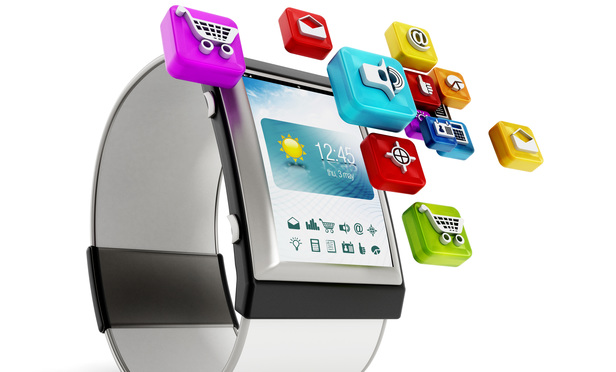Wearable technologies—or more broadly, connected devices that may be worn, ingested or implanted in a user—have the potential to radically improve the user’s experience, but the interdisciplinary nature of the technology and reliance on data analytics introduce challenges for innovators seeking patent protection. The U.S. Supreme Court decision of Alice v. CLS Bank International, 134 S. Ct. 2347 (2014) and its progeny provide an imprecise legal framework that requires developers of wearable technologies to evaluate their patent filing strategies carefully. Accordingly, innovators are advised to articulate the technological solutions to technological problems that are solved by the innovative technology.
The advantages provided by wearable, connected devices typically arise from the synergy of technologies previously considered unrelated—medical diagnostic or treatment devices, data analytics and storage, power control, and communications—each of which are mature, stand-alone technologies. In many cases, the combination of these technologies have the potential to be “disruptive” to their respective markets, providing a marked improvement in the utility of data gathered, or in the precision or duration of the treatment provided. For example, connected glucose sensors provide the capability of identifying long-term physiological trends or predicting hypoglycemic episodes that individual fingerstick measurements cannot provide. Similarly, implanted drug delivery devices with wireless connectivity can allow a physician to carefully monitor compliance and adjust drug dosage to meet a patient’s needs.



